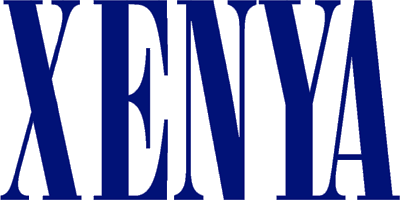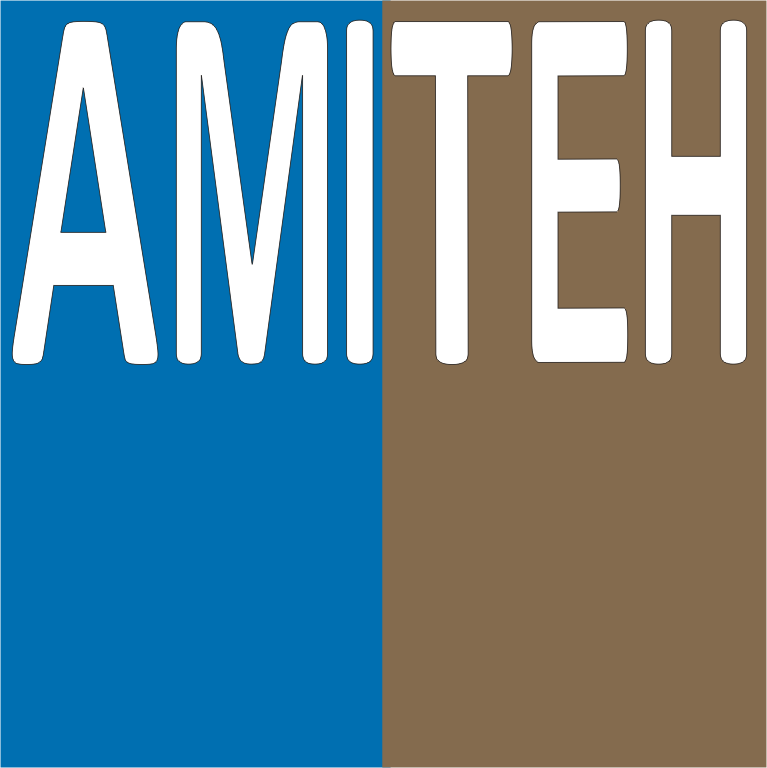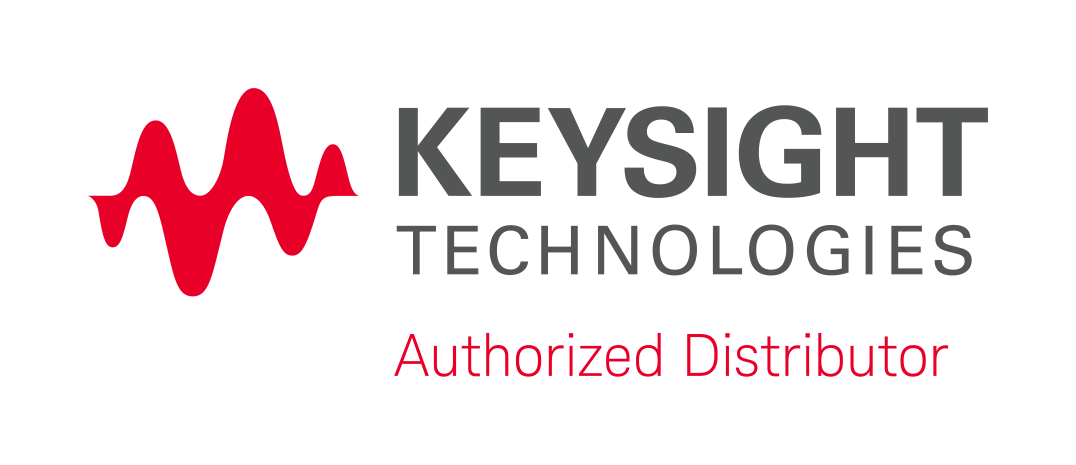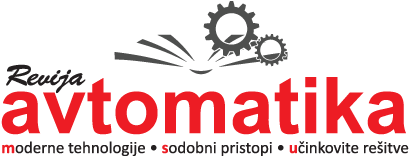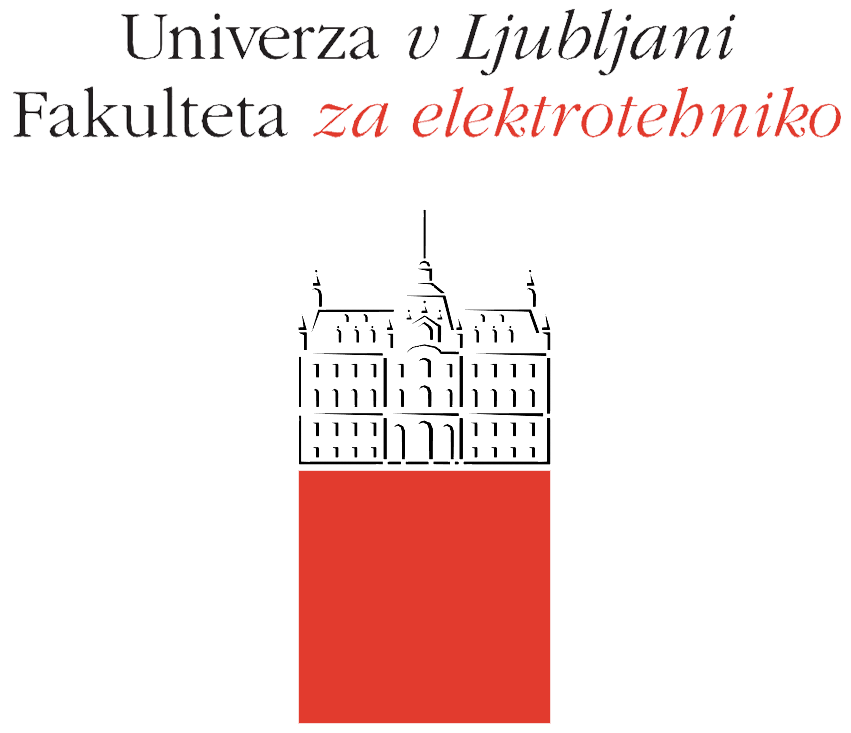
|
Challenges of new DSL technologiesBranislav Barta The primary factors influencing broadband speeds over copper are distance and frequency. Higher frequencies attenuate more quickly than lower frequencies. VDSL2 Vectoring is now widely deployed, bitrates exceed 100 Mbit/s DS. First deployments started in CY2016 with more broader roll-outs globally in CY2017. G.Fast and VDSL Profile 35b provide ultra-fast broadband. G.fast fills the access technology gap between 100Mbit/s VDSL and 2.5 Gbit/s PON. G.fast supports FTTdp and FTTB architectures. What does VDSL2 Profile 35b offer? Delivers aggregate speeds of 200 Mit/s and more over traditional copper telephone lines at distances up to 500 meters, 300 Mbit/s and more on loops shorter than 200 m, and lowers operator costs compared to G.fast. G.fast is effective in every case: Fiber to the front door, Fiber to the floor, Fiber to the building, and Row houses. Some key aspects of G.fast are: speed up to 1000 Mbit/s for FTTB deployments < 100 m, 500 Mbit/s at 100 m, 200 Mbit/s at 200 and 150 Mbit/s at 250 m, customer self-installable CPE, uses reverse power feeding from Residential Gateway, low power consumption, robust with high immunity to disturbers, downstream/upstream asymmetry ratio is MIB provisionable. The issue is: where to deploy fiber to the most economical point? |





